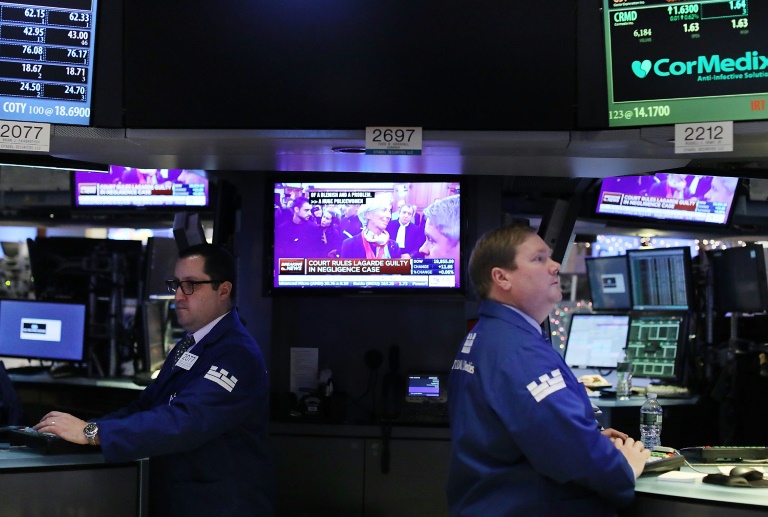The growing thirst for matcha, fuelled by posts on social media, has resulted in a global shortage of the green tea powder, puzzling producers and causing specialist stores in Japan to enforce quotas on purchases.
Baristas from Melbourne to London cite difficulties in procuring their usual supply, and the influencers just aren’t having it – literally.
Like most teas, matcha is derived from the Camellia sinensis plant and its high price comes from its pre-harvest preparation and the labour cost of producing it.
Matcha’s signature bright green hue is thanks to a technique where tea bushes are shaded for around three weeks to enhance chlorophyll production and reduce the tea leaves’ bitterness.
Top-grade matcha is made using only the first harvest of the most tender buds at the top of the tea plant in the spring, which are hand-picked before being gently steamed, dried and ground in a stone mill.
Lauded for its high concentration of antioxidants, sales of premium matcha are on the rise, though middle grade-matcha – often used for adulterated drinks and baked goods – is the biggest seller.







